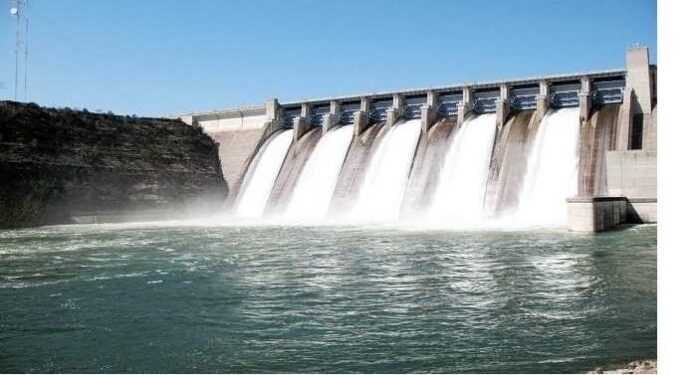The Zimbabwe National Water Authority (ZINWA) says the current El Niño-induced drought is beginning to take its toll as acute water crisis loom across the country.
In a statement, Zinwa spokesperson Marjorie Munyonga said the water security situation is deteriorating pushing many areas into a precarious situation. “The water security situation for cities, towns, growth points, and rural service centers across the country is on a deteriorating trajectory as the effects of the current El Niño-induced drought begin to be felt.” Munyonga said.
As of May 2, 2024, Munyonga said the number of towns, growth points, and rural service centers with raw water sources holding less than 12 months of supply rose from 12.8% on April 25, 2024, to 14.9%. She said, a proportion of 46.8% of towns, cities, growth points, and rural service centers are water secure, and their raw water sources satisfy the 21-month rule,”.
The 21-month rule stipulates that after the close of the rain season on March 31 of the year, there should be enough water to last for a period of 21 months at current demand, even in the absence of any further inflows.
However, Munyonga expressed concern over the increasing number of areas falling short of this rule. “Towns and centers whose raw water sources have less than 12 months’ supply and will require urgent interventions such as the drilling of boreholes and identification of alternative raw water sources included Bulawayo, Mvurwi, Mt Darwin, Figtree, Gwanda, and Chegutu.
“Mutare, Kwekwe, Beitbridge, Karoi, Chipinge, Shurugwi, Murehwa, Sadza, Hwedza, and Insukamini are among centers in the moderate category and with raw water sources capable of lasting between 12 months and 20.9 months at current demand,” she said
Munyonga assured that they would closely monitor water demand and abstraction in all the centers that cannot satisfy the 21-month rule and implement interventions as needed.



